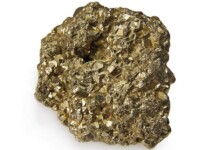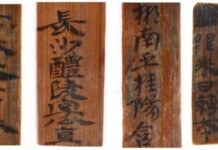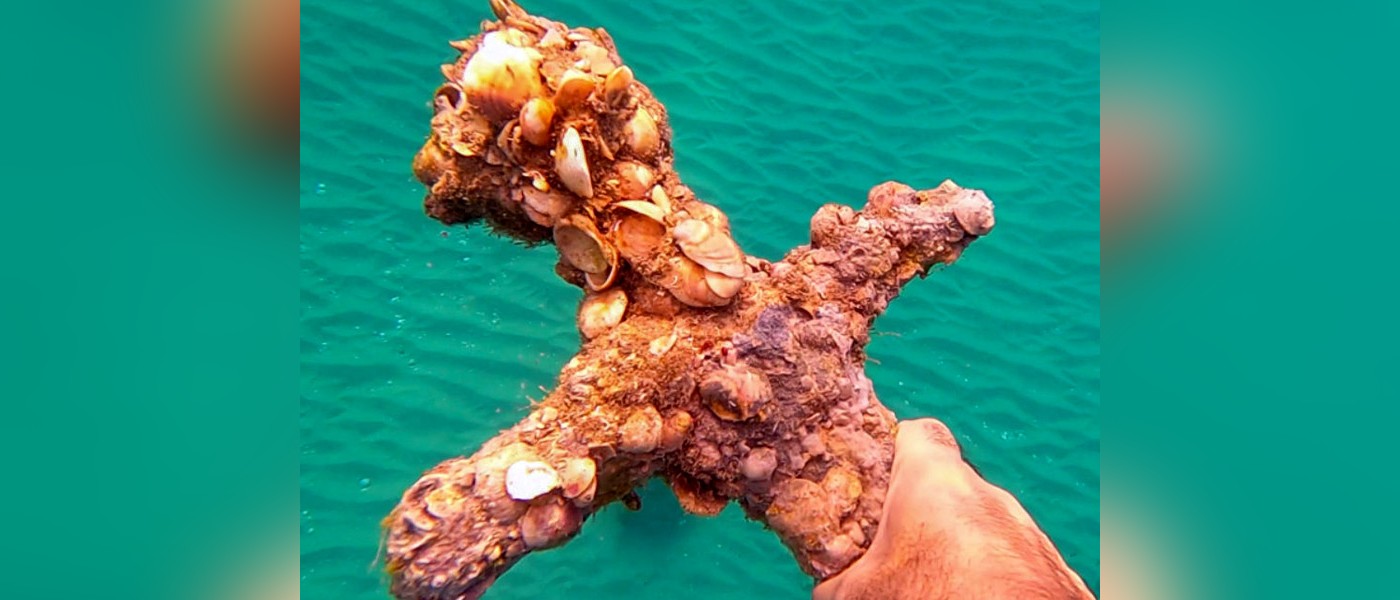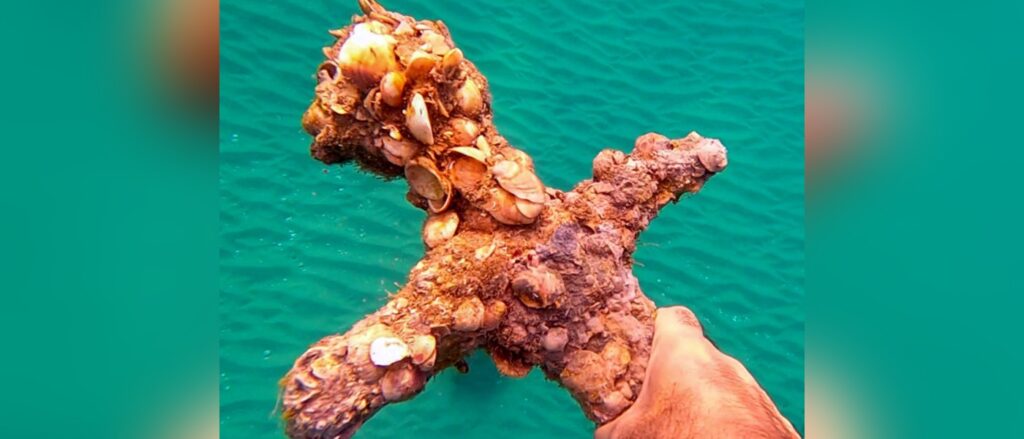
A man in Israel noticed the unmistakable shape of a sword during a recreational dive, and it turned out to be a 900-year-old relic from the Crusades.
Encrusted with shells and marine life, it’s not clear if the sword was from the Muslim or European side, but it’s now in possession of the Israeli Antiquity Authority (IAA) for further study.
Some of the most important tools and icons of mankind have similar shapes.
In abstract, a sword, a pickaxe, a cross, or an axe all look very similar, and so even when it was so entirely reclaimed by the sea as to be invisible in color, Shlomi Katzin, a resident of the town of Atlit, had no trouble spotting the sword and a number of other nearby artifacts off the Carmel coast.
“The sword, which has been preserved in perfect condition, is a beautiful and rare find and evidently belonged to a Crusader knight,” stated Nir Distelfeld, Inspector for the IAA.
“It was found encrusted with marine organisms, but is apparently made of iron. It is exciting to encounter such a personal object, taking you 900 years back in time to a different era, with knights, armor and swords.”
All locked up in shells and sand, it looked like it could have been forged in mythical Atlantis.
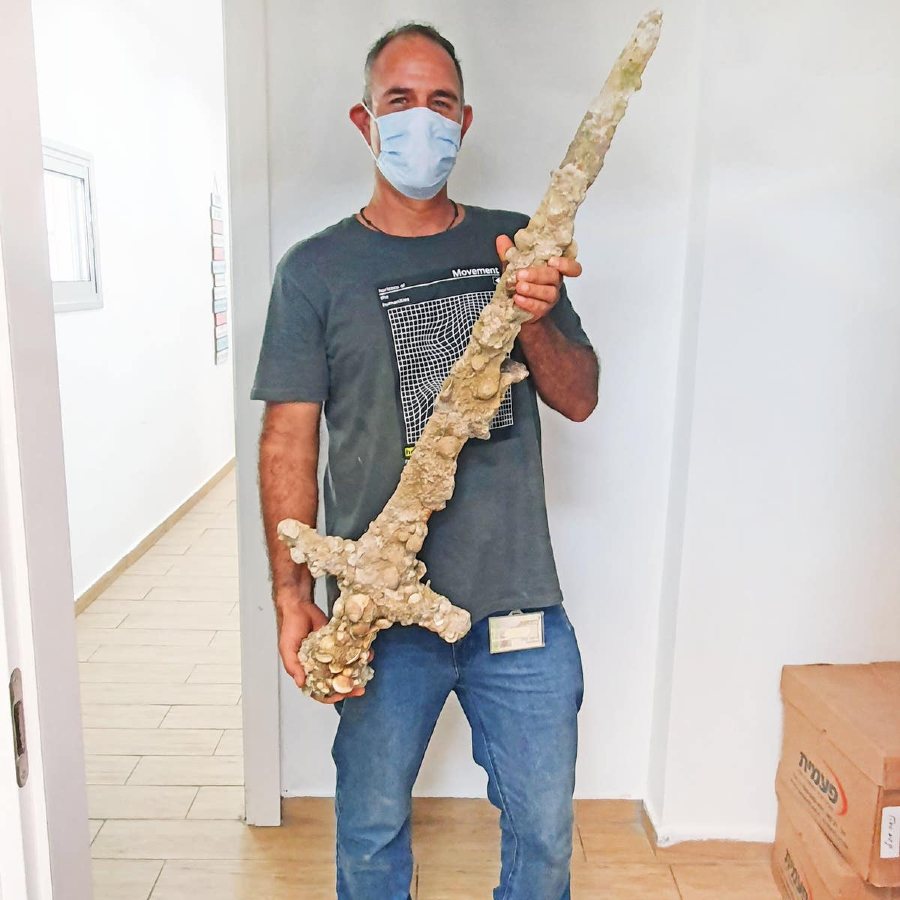
Shifting sands had apparently revealed the one meter-long weapon, along with stone and metal anchors, and pottery shards, in an area archaeologists knew to be rich with potential finds.
MORE: Human Footprints Found in New Mexico Are 23,000 Years Old – Long Before the Ice Age Glaciers Melted
“The Carmel coast contains many natural coves that provided shelter for ancient ships in a storm, and larger coves around which entire settlements and ancient port cities developed, such as Dor and Atlit,” explains Kobi Sharvit, Director of the IAA’s Marine Unit. “These conditions have attracted merchant ships down the ages, leaving behind rich archaeological finds.”
Indeed, Atlit was known to harbor seafaring vessels as early as 2,000 BCE, according to Sharvit.
In the 11th century, medieval European kings and the Catholic Church sent invading armies to the Holy Land in order to take back sites holy to Christendom.
Many of their initial successes were fleeting, as the Muslim armies, led by the Sultan Saladin, eventually retook everything they lost to Richard the Lionheart and others.
However, their victories provide unique insight into the nature of the sword. No account of the Ayyubid or Mamluk forces taking to the sea has come down to us.
Smithsonian reports that while the Muslim armies built fortifications on the coasts, the sword is likely a Crusader sword, as even though virtually all participating nations used straight swords, and the barnacles make it impossible to find telling details, it was only the Europeans who were known to have traveled by sea.
SHARE This Amazing Discovery With Your History-Minded Chums…


